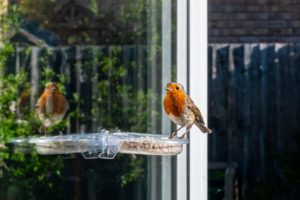
Celebrating Garden Wildlife Week in the UK: Some advice from our local plant expert at City & Bloom Manchester
It's Garden Wildlife Week in the UK, a time to...
Read More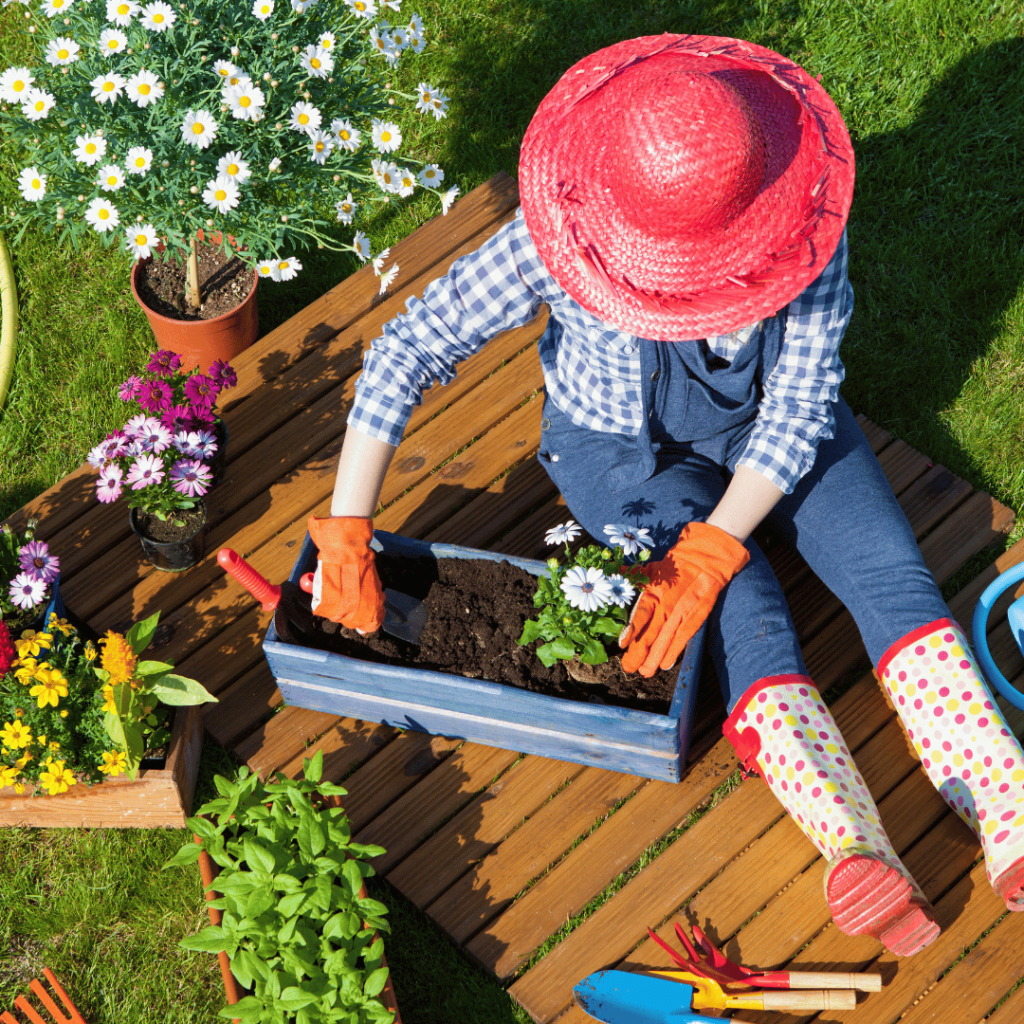
It’s Garden Wildlife Week in the UK, a time to celebrate and appreciate the incredible biodiversity that can thrive in our very own backyards. From chirping birds and fluttering butterflies to buzzing bees and curious hedgehogs, our gardens have the potential to become vibrant havens for wildlife.
We spoke with Mark Thorley from City & Bloom, a vibrant initiative in Manchester that celebrates the beauty of urban gardening and brings the community together through the transformative power of plants; they gave us advice and some tips on how we can encourage more wildlife in our own personal outdoor spaces.
Join us as we embark on an exciting journey to explore the wonders of garden wildlife and learn how we can make a positive impact on the natural world around us.
To create a wildlife-friendly habitat in your UK garden, focus on planting native species that are well-suited to the local climate and soil conditions. Native plants provide food sources and shelter for UK wildlife. Incorporate a mix of trees, such as oak, birch, and rowan, which offer nesting spots and food for birds.
Plant native wildflowers like foxgloves, primroses, and meadow cranesbill to attract pollinators and provide nectar sources. Include shrubs like hawthorn, blackthorn, and dogwood, which offer berries and nesting sites.
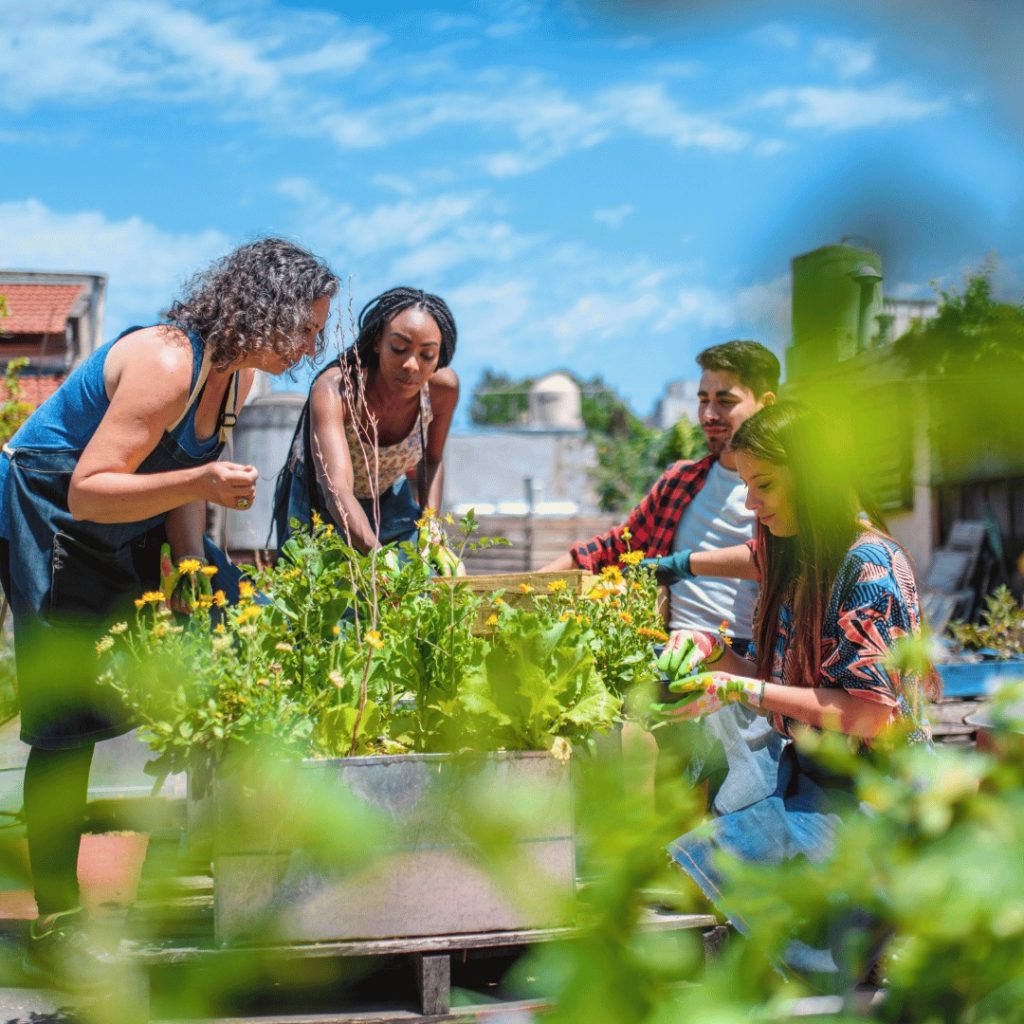
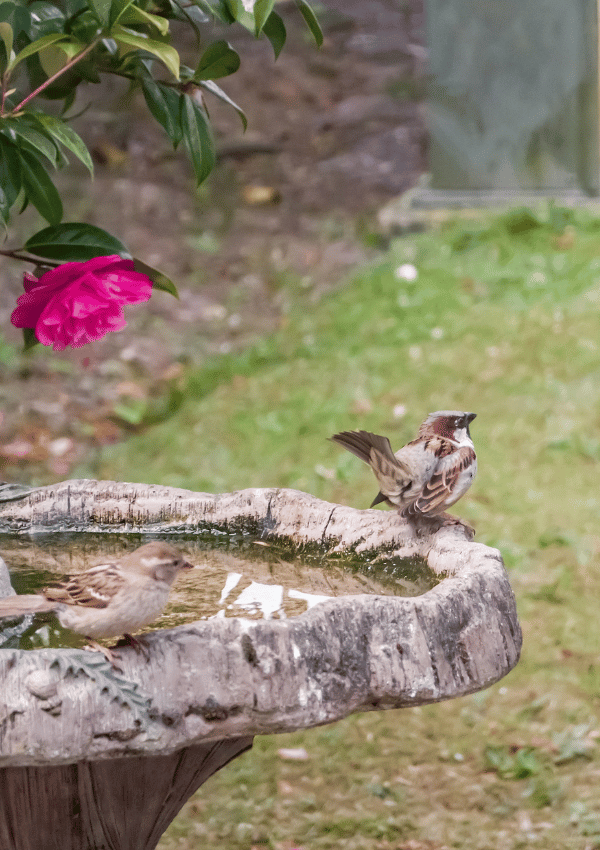
Absolutely! Many plants in the UK are highly beneficial for pollinators. Some examples include native wildflowers like foxgloves, bluebells, cornflowers, and red campion. Herbs such as lavender, thyme, rosemary, and borage are also attractive to pollinators.
Planting a diverse range of flowering plants that bloom throughout the seasons will ensure a continuous food source for pollinators in your garden.
The melodious tunes and vibrant colours of garden birds can bring joy to any outdoor space. During Garden Wildlife Week, take a moment to:
Step into a world of enchantment and encourage the captivating beauty of garden butterflies. Here’s how you can welcome them into your garden:
Celebrate the essential role of bees as pollinators and guardians of our food system. Join the buzz by:
Avoid using harmful pesticides and opt for organic gardening practices to safeguard bees and their habitats. You can also provide a shallow water source, like a shallow dish with pebbles, to offer bees a place to drink and cool down.
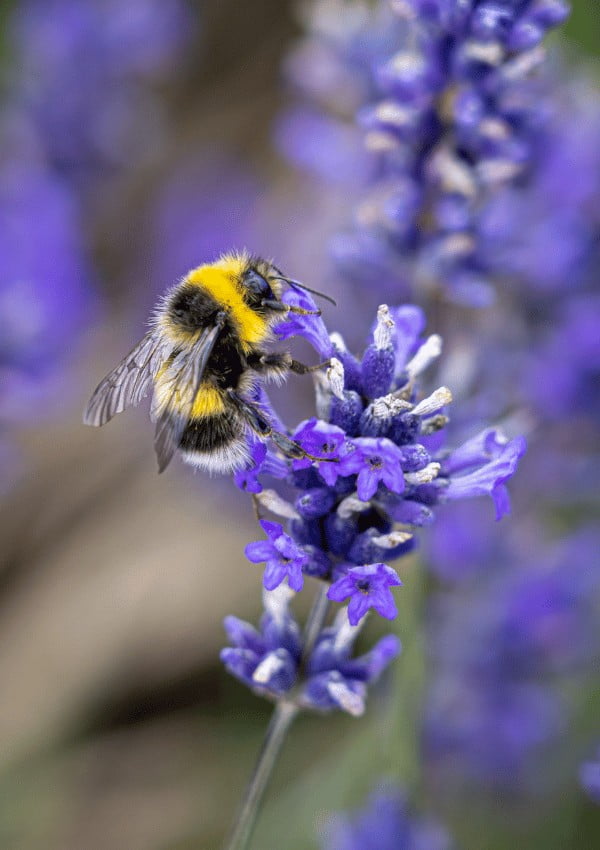
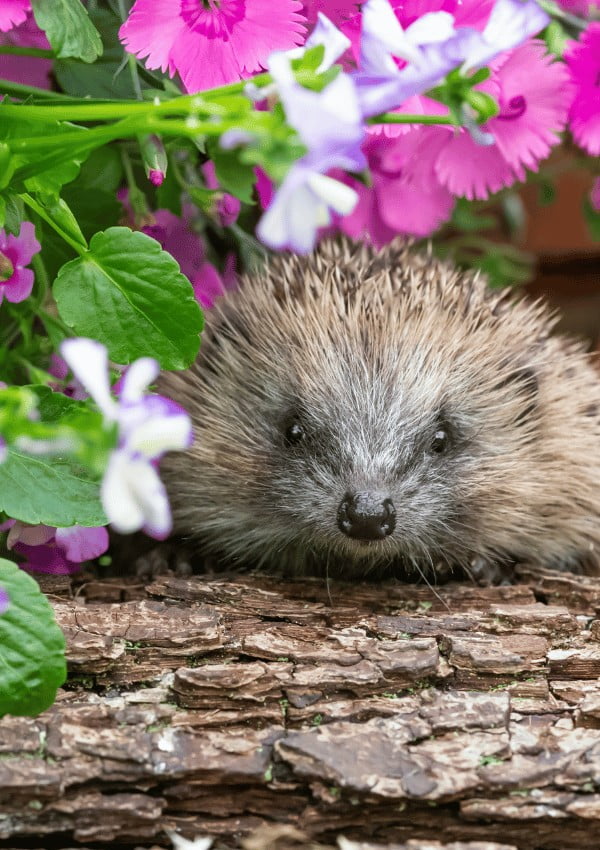
Hedgehogs, with their prickly charm, are valuable allies in the garden, helping control pests and promoting a healthy ecosystem. Here’s how you can create a hedgehog-friendly haven:
If you prefer low-maintenance plant options that attract wildlife, consider native species that thrive in the UK with minimal care.
Native grasses like tufted hairgrass and Yorkshire fog provide habitat for insects and small mammals. Perennial flowers like purple coneflower, yarrow, and oxeye daisy are not only low maintenance but also attract bees and butterflies. Shrubs such as hazel, holly, and guelder rose provide berries and shelter for birds while requiring minimal attention.
Enhance your garden’s biodiversity by embracing wildlife-friendly gardening practices:
You could also include:
Make sure to also create a water feature, such as a small pond or birdbath, to attract various species and provide a refreshing oasis. We recommend limiting the use of chemicals and pesticides to protect the delicate balance of your garden’s ecosystem.
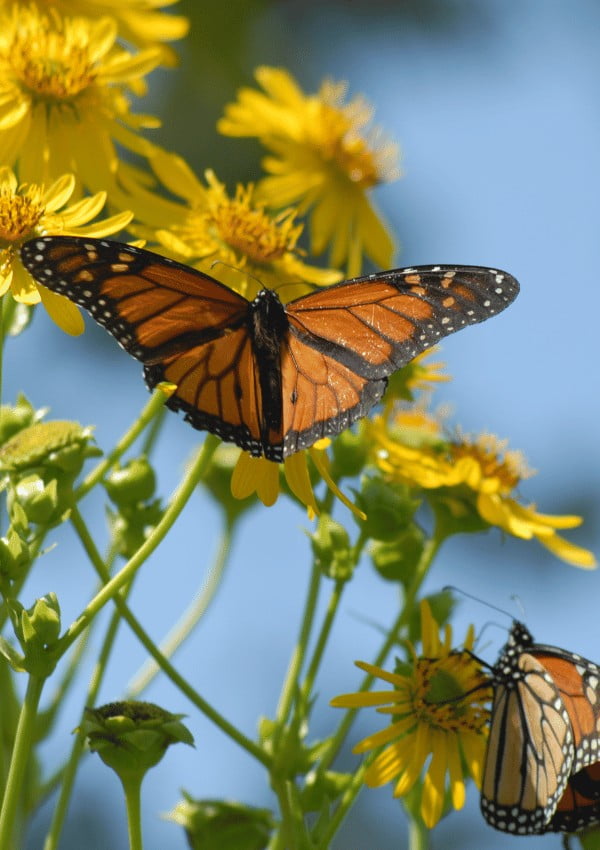
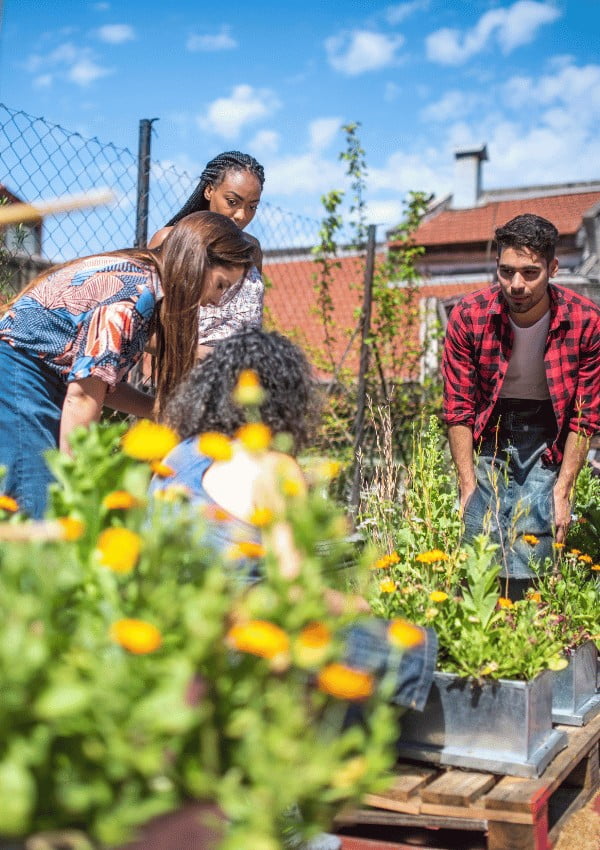
Mark also mentioned No Mow May to us, but what is No Mow May?
No Mow May is an exciting movement that encourages homeowners and gardeners to let their lawns grow freely without mowing them during the entire month of May. By abstaining from mowing, we give nature a chance to thrive as wildflowers, native grasses, and other plants bloom and provide essential habitats for pollinators like bees and butterflies. This initiative not only creates stunning visual displays but also contributes to the preservation of biodiversity and supports the health of our ecosystems.
To learn more from Mark, you can find them or one of their helpful colleagues in the store, situated on the 3rd floor in Afflecks Palace. You can also head over to our Instagram or Facebook page to see what products they can recommend, and other neat tips to create a thriving garden for wildlife.
As Garden Wildlife Week unfolds, let’s celebrate the magic and diversity of the natural world in our very own gardens. By making small changes and embracing wildlife-friendly practices, we can create thriving habitats for birds, butterflies, bees, and hedgehogs. Remember, creating a garden that welcomes and supports wildlife requires a combination of food sources, water, shelter, and the right plants.
Let this week serve as a reminder that our gardens hold the power to support and preserve the wonders of wildlife. Together, let’s embark on a journey to protect and cherish the rich tapestry of British garden wildlife.
Happy Garden Wildlife Week!
It's Garden Wildlife Week in the UK, a time to...
Read MoreHere are some tips and seasonal plants that will help...
Read MoreEscape Distractions, Embrace Productivity: Experience the ultimate escape from everyday...
Read MoreSpring and summer are a wonderful time to relax and...
Read More
2019 marked 100 years of business for Desser and we are as passionate today about quality, service, and style as our ancestors were over 100 years ago. For our Centenary, we created the Centurion Collection that captures the natural beauty of rattan combined with modern fabrics and shapes that allow our suites to fit into any area of the home.
We’d love to keep in touch via email with our latest news and offers.
Sign up to receive exclusive content updates.
©2024 Desser & Co Limited